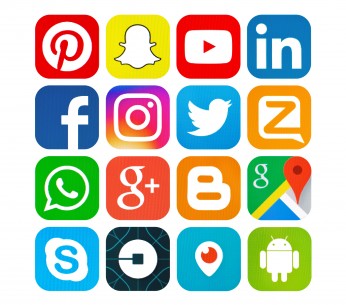Small businesses are an integral part of our economy. Every business aims to solve a problem and create value in doing so. This is particularly true of small businesses. They provide a service or product that meets local needs and can fulfill requirements for larger businesses.
The benefits of small businesses are numerous, but often they can have difficulty creating, sharing, and establishing their message. Entrepreneurs, startups, and freelancers watch their budgets carefully, and expenses outside of delivering the product are kept to a minimum. That means marketing budgets get shaved first.
Websites for any product or service are today’s version of a first impression. Consumers make a variety of instant decisions about whether to continue on a site or jump to a competitor’s. A person’s eyes take just 2.6 seconds to focus on a particular element of a webpage when it loads, according to research from Missouri University of Science and Technology.
Brands working to establish and expand their digital identity can expect to see increased competition for consumer attention online. Consumers increasingly form opinions about brands on the basis of their browsing experience, making it imperative to establish a positive digital identity. Here is what we can expect in the evolution of small-business website design.
1. Less reliance on custom code
Businesses have traditionally hired design firms to design their websites. Websites are perceived to be difficult to create and highly technical to maintain. But platforms that allow non-tech savvy individuals to develop their sites in a drag-and-drop format have begun to rival the value of web design firms. For small businesses, do-it-yourself websites are a viable alternative.
The less you rely on coding to create a beautiful site, the less complicated it will be. Uri Foox, president of the e-commerce website design platform Zoey, says that despite SaaS platforms’ ability to remove much of the complexity associated with running an online store or website, code is still needed to customize the front-end design of a site, for almost all platforms.
Read more: 4 Trends in Website Design That Small Businesses Need to Know








